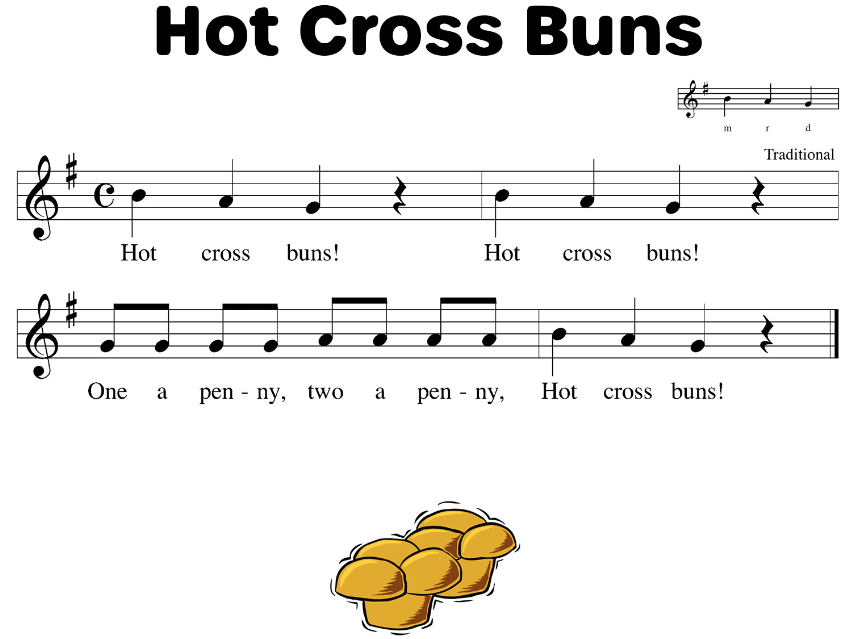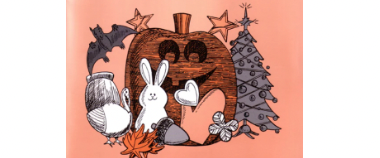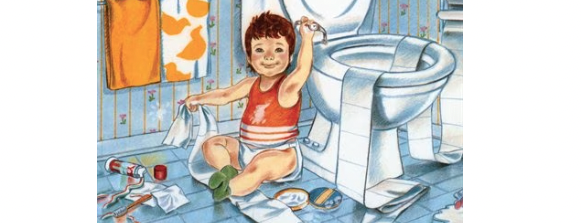Ready for Recorders?
For many teachers, January is when the students in Grade 3, 4, or 5 start learning to play the recorder. While the recorder may seem like a simple instrument, there are many skills needed to be successful. Students must be able to:




